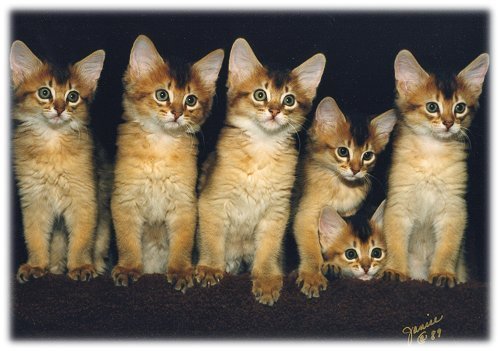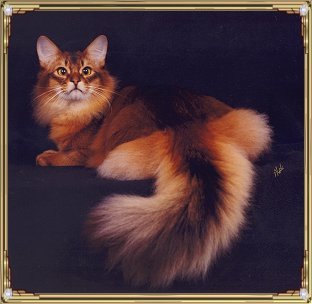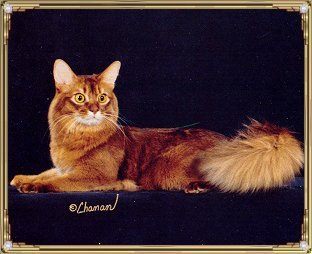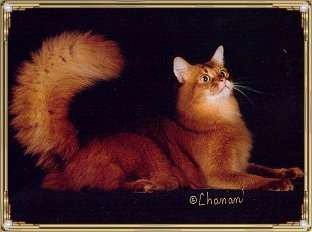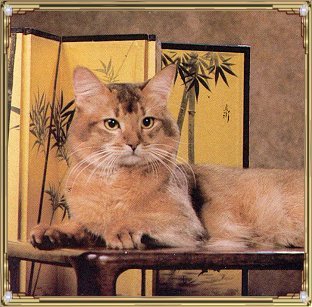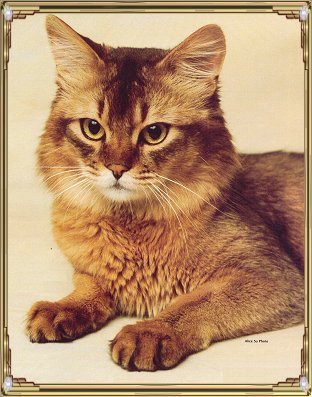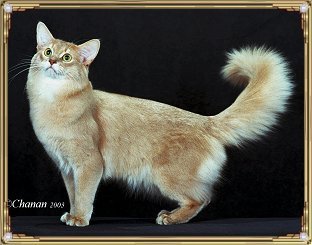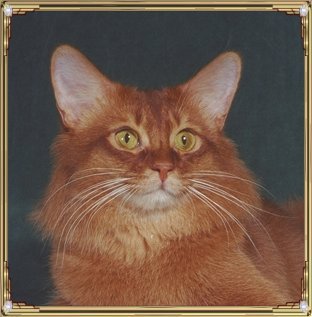The truth about cat toys
Part I: 15 - 18 february 2007
Play together toys
Quiz results
Kittens spend many hours playing games, especially those that simulate hunting and violent competition with other cats. The ability to play develops gradually once the kittens open their eyes. It becomes increasingly refined as their bodies grow, their muscles develop, and their motor abilities improve. Kittens are willing to play with other kittens and cats, with other animals, and with humans, and are very easily induced to play hunting games.
Watching a playing cat is fascinating. In response to the stimulus of motion, the cat focuses on the moving object, lies down in preparation for a pretend ambush, and, after a few seconds of concentration, intercepts its "prey" with amazing rapidity. Cats are naturally skillful hunters, and the level of these skills can be observed most particularly when they play.
As they grow up, the cats' need for play significantly decreases. Cats become calmer and are not as often excited by stimuli. Still, house cats are kittens in their souls, and most of them are willing to engage in some sort of play even when they are older.
The great advantage of these interactive toys is that they can be held by a human located at some distance away from the cat. That way, the game is interactive while the human participant cannot be scratched or bitten in the excitement of the play. Also, sharing the hunting game with the feline friend, she will not become bored or lazy exactly because his beloved owner is there.

 Conclusion:
Conclusion: interactive games are for cats regardless of their age and the most favourites toys which would be bought by our readers are the laser pen (5 votes) or the remote controlled toys (2 votes.) Both are safe and we should never forget the cat must get a reward in the end of the game. Thats why after a laser pen play its good if we are leaving near to the cat a small toy like reward

She will think she caught the laser light.
Source








